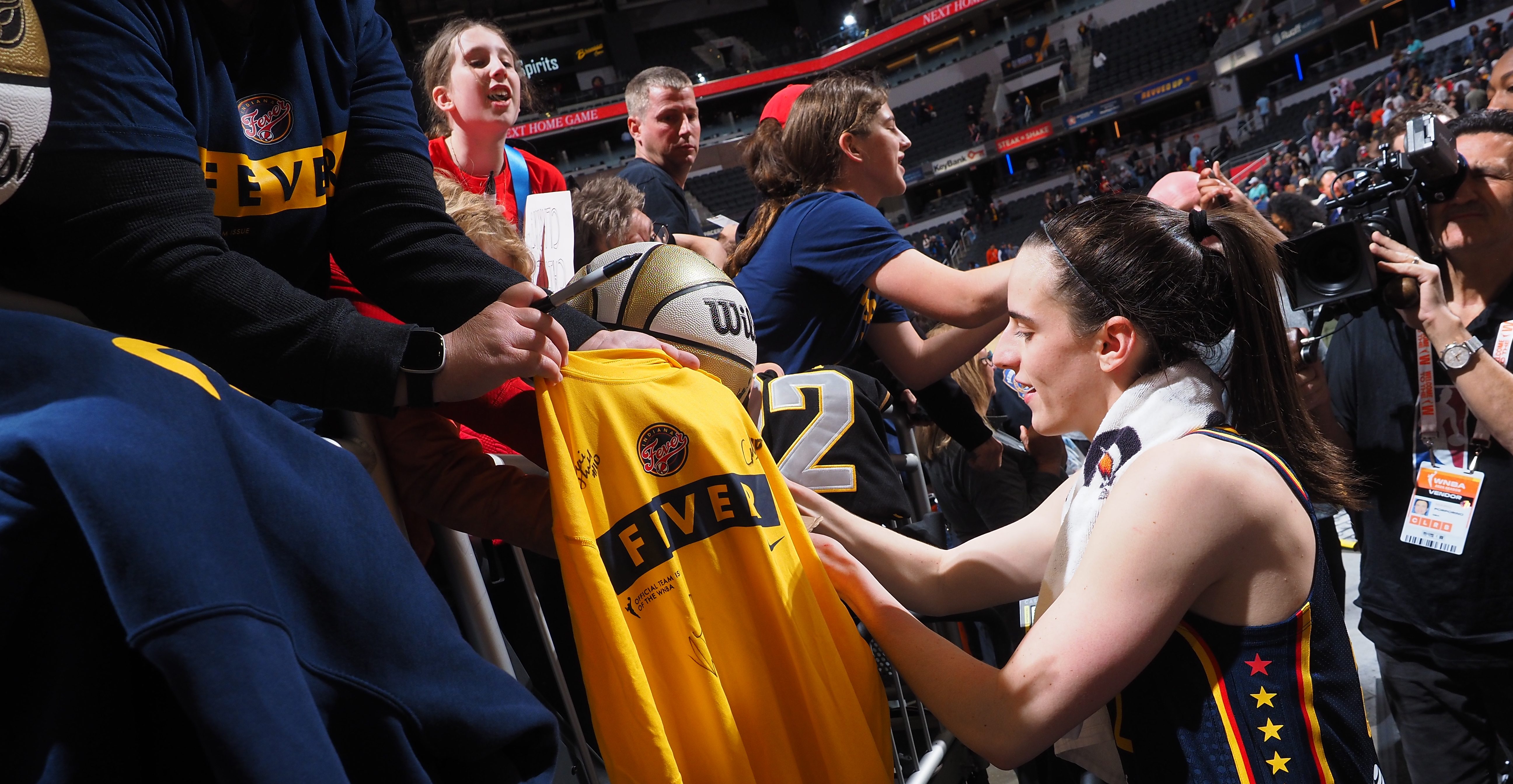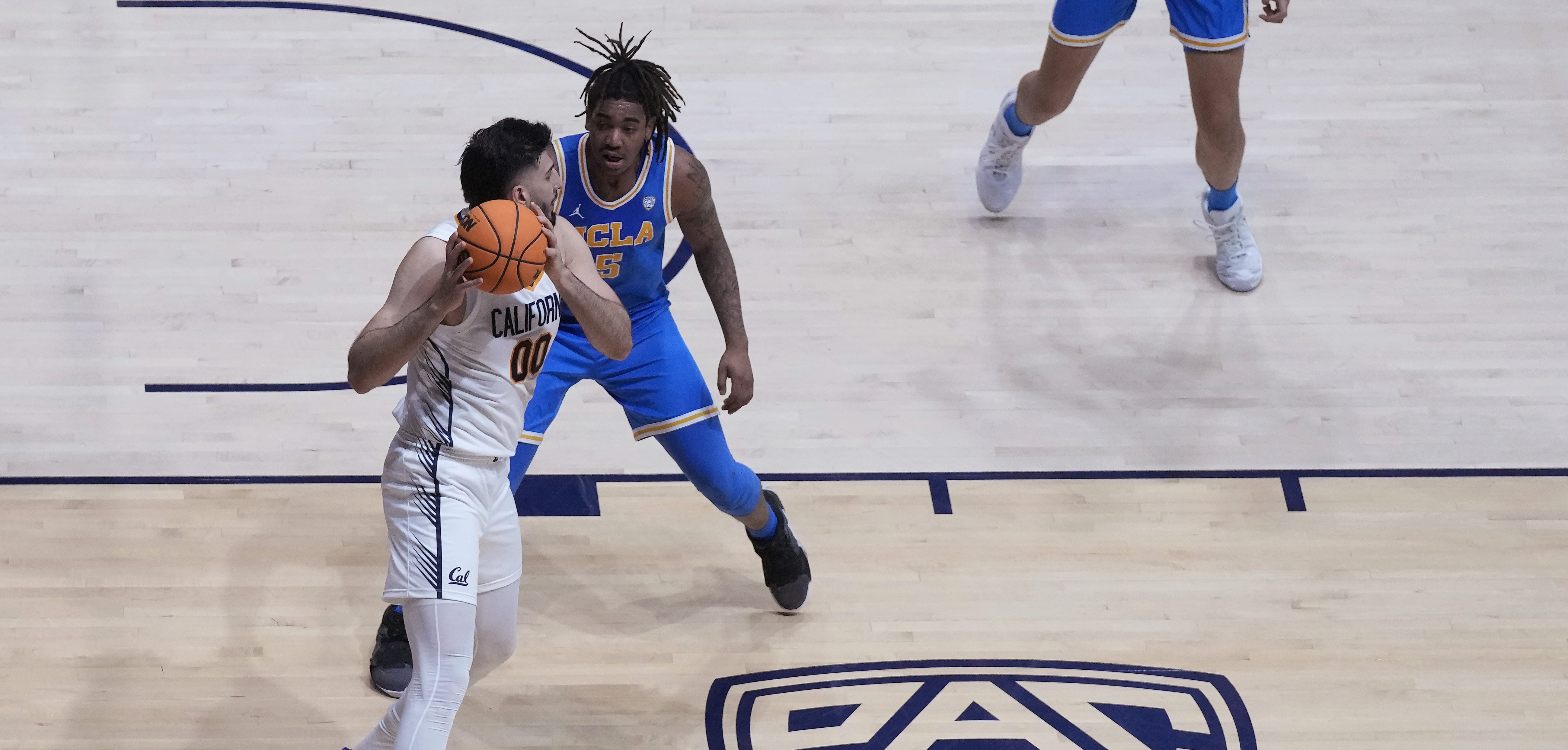How MLB rule changes are affecting game length, runs and more originally appeared on NBC Sports Boston
Baseball’s new reality is here.
Opening Day marked the official start of a different era in Major League Baseball. There are still 30 teams and 162 regular season games, but three key rule changes have changed how the game is played.
The first full day of action offered a glimpse at the effects of those rule changes. How effectively are they working, and what can teams, fans and even oddsmakers expect for the rest of the season?
Get DFW local news, weather forecasts and entertainment stories to your inbox. Sign up for NBC DFW newsletters.
Here is a look back at how MLB got here and what lies ahead based on the recent rule changes:
Why did MLB make rule changes for the 2023 season?
Two inverse trends have dominated baseball discourse for more than a decade: games have gotten longer with less action.
Sports Connection
Connecting you to your favorite North Texas sports teams as well as sports news around the globe.
Here is a look at average MLB scoring per game and game length over the last 10 years:
Year | Runs/game | Batting average | Time for 9 innings |
2022 | 8.56 | .243 | 3:03 |
2021 | 9.06 | .244 | 3:10 |
2020 | 9.30 | .245 | 3:07 |
2019 | 9.66 | .252 | 3:05 |
2018 | 8.90 | .248 | 3:00 |
2017 | 9.30 | .255 | 3:05 |
2016 | 8.96 | .255 | 3:00 |
2015 | 8.50 | .254 | 2:56 |
2014 | 8.14 | .251 | 3:02 |
2013 | 8.34 | .253 | 2:58 |
The 2012 season marked the first time the average length of an MLB game exceeded three hours, and it stayed above that threshold every year through 2022. The average time needed for nine innings is slightly shorter, but it has also floated above three hours each year since 2016.
Average runs per game dropped to 8.56 in 2022, the lowest number for the league since 2015. The overall batting average for the season was .243, tied for the fifth-lowest number in MLB history and the lowest figure since 1968.
That 1968 season was a pivot point for MLB. A record-setting year led by Hall of Famer Bob Gibson prompted the league to lower the mound in 1969 with the intent of evening the playing field between pitchers and hitters.
Following similar batting dips in 2022, MLB decided to make dramatic changes once again.
What rules changes did MLB make in 2023, are they working?
After taking the above data into account, Major League Baseball made three major rule changes leading into this season: the addition of a pitch clock, eliminating the infield shift and making bases bigger.
The pitch clock gives pitchers 15 seconds to throw with the bases cleared and 20 seconds with a runner on base. It is intended to speed the game up, and it has already proved to be incredibly effective in that respect. Spring training games were 26 minutes shorter on average in 2023 compared to 2021 and 2022. The 15 Opening Day contests came in at an average of 2:45, 18 minutes shorter than the average regular season game in 2022.
The ban on shifts was expected to give way to more base hits, as pull hitters would no longer need to weave a grounder past three players on the same side of the infield. Spring training data saw a notable jump in batting average on ground balls, especially ones pulled and up the middle. The overall batting average on ground balls was .249 in 2023 spring training, up from .233 in 2022.
Stolen bases saw a significant spike both in spring training and on Opening Day. With bigger bases creating a shorter path between each base and runners using the clock against pitchers, the success rate and volume of steals nearly doubled from 2022 to 2023 in spring training. Runners went 21 of 23 on stolen bases on Opening Day for an average of 1.53 attempts per game. By comparison, games saw just 0.67 stolen base attempts per game during the 2022 regular season.
Will these trends continue throughout 2023?
Opening Day is just one out of 162 games for all 30 MLB teams, but there are reasons to believe some of the trends are sustainable.
Looking at length of game, spring training and Minor League Baseball data suggests players get more accustomed to the pitch clock as the season goes on. The number of timer violations dropped from 2.03 per game at the beginning of spring training to 1.48 by the end. Over the course of the next six months, pitchers, hitters and runners will find ways to work the clock to their advantage, but all signs show that everyone will get used to the quick turnaround between pitches.
Scoring is a tougher one to gauge. The 15 Opening Day games saw an average of 8.47 runs. One reason to believe that number will rise over the course of the season is each team handed the ball to their best available starter. Shohei Ohtani, Gerrit Cole and Max Scherzer will not be trotting onto the mound every day, so batters will face some easier pitching throughout the year. On the other hand, as the season goes on, pitchers could become more accustomed to throwing at such high velocities so frequently, finding a better rhythm with each start featuring the pitch clock.
When it comes to stolen bases, teams and oddsmakers clearly see the new rules as an enduring advantage. Sportsbooks have yet to make too many dramatic changes to most MLB lines as part of the new rules, but they are expecting the rise in steals to continue.
“That's one thing (larger bases) that we did adjust our numbers on based on the rule changes, and it seems to be something that the bettors are taking note of also,” Randy Blum, who oversees baseball odds at SuperBook in Las Vegas, told ESPN. “That was not necessarily a prop that in the past would get a lot of attention either way.”
Each team has 161 regular season games left, and MLB’s rule changes will continue to be front and center throughout the 2023 campaign.



